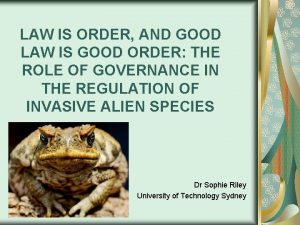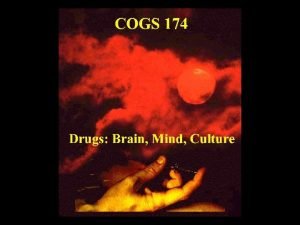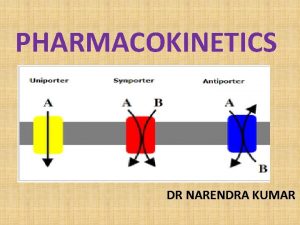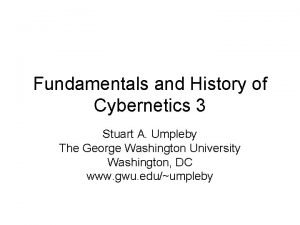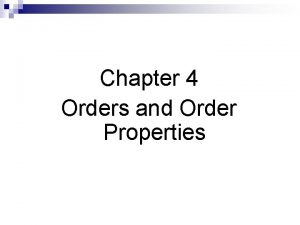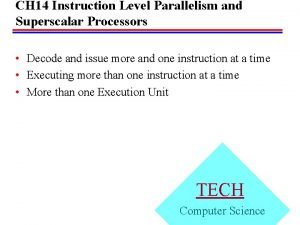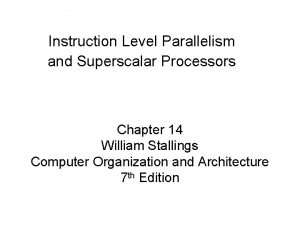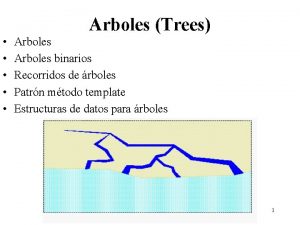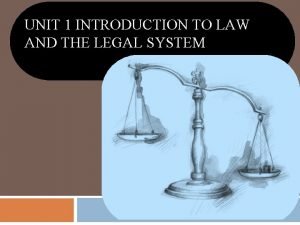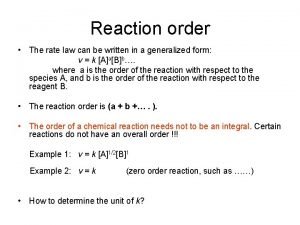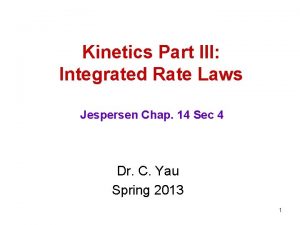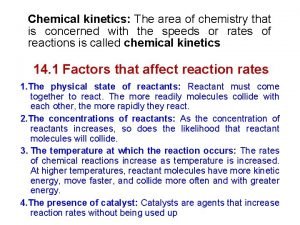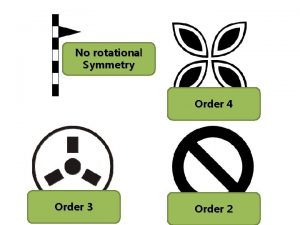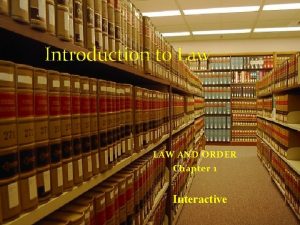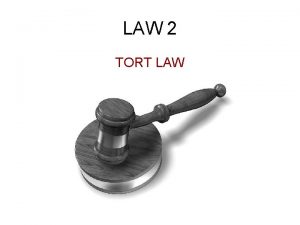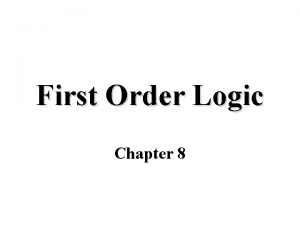Introduction to Law LAW AND ORDER Chapter 1






















![Headnote: [5 A][5 B][5 C] For purposes of the due process clause of the Headnote: [5 A][5 B][5 C] For purposes of the due process clause of the](https://slidetodoc.com/presentation_image_h2/99f7ede3d03e969fdbf657abf3415c6e/image-23.jpg)





- Slides: 28

Introduction to Law LAW AND ORDER Chapter 1 Interactive

What is law? Many definitions exist Plato (427 -347? B. C. ), a Greek philosopher who studied and wrote in the area of philosophical idealism, said law was social control. Sir William Blackstone (1723 -1780), an English judge and legal commentator, said law is rules specifying what is right and what is wrong. For our purposes, however, we shall define law as ‘‘rules that must be obeyed. ’’

What is meant by… “Not all rules are law… But all laws are rules…” What’s the difference?

Functions of the law – LAW: Achieving justice Providing police power Maintaining peace and the status quo Providing answers Providing protection Enforcing intent Providing rehabilitation Facilitating commercial transactions ORDER: The absence of chaos

Where there is no law, chaos rules…

What is a Duty?

DUTIES IN A SOCIETY: Torts: Civil wrongs, harm to an individual, physical and emotional duress– Individual seeking remedies Remedies: Damages, injunctions, punishment, punitive damages, Crimes: Societal wrongs, harm to society Seeks Sanctions: Fines, or imprisonment


DUTIES IN A SOCIETY - CONTINUED Contracts: Assumed by the individual – voluntary – producing an agreement. Verbal – . Written – . Assumed- . Implied – Individual Seeks Remedies, Remedies: Dissolvent of the contract, resolution of the dispute.


WHY STUDY LAW? Preventive Law: Avoiding litigation and resolving problems before they become legal matters. Keeping companies healthy and out of legal entanglement. Keeping employees educated and knowledgeable about the law, their rights, and the rights of consumers.

THE LAW AS AN ARTIFICAL LANGUAGE SYSTEM: Law has it’s own jargon: Legal terms may appear to be synonymous with everyday words, but they are not. Legal terms may have more than one legal meaning. Some legal terms have no relation to everyday language. Jurisprudence- “Wisdom of the law” The law continues to change, and knowledge of the legal philosophies will improve your ability to understand the law and predict the future trends.

NEEDS OF THE LEGAL SYSTEM: Need To Be Definite – a. b. c. Clearly definable In Writing Reasonable – yet establish a standard

NEEDS OF THE LEGAL SYSTEM: Need To Be Flexiblea. The law must be flexible so that it can be applied to many different individual situations. b. Because of this flexibility, our legal system loses some of its predictability.

Need To Be Practicala. The law must deal with real situations, not ones that are “thought” to be real. For example, disliking someone is not a crime. b. Courts will avoid cases where the issue is moot or there is no real case and controversy.

Need To Be Published – a. Laws must be published, publicized, and talked about openly. b. Laws must be posted and enforced c. Once a law is published, however, ignorance of the law is no excuse.

Need To Be Final- a. There must be a final outcome and verdict to a case. b. There must come a day where there are no more appeals. c. The U. S. Supreme Court must be the final say in any case that has been appealed in the lower courts and has worked its way up to the Supreme Court. d. Without the ability to end a case, the case would be ongoing, continuous and never ending.

Theories of Law Philosophies held by society

Schools of Jurisprudential Thought Natural Law School Historical School Analytical School Jurisprudential Thought Sociological School Law and Economics School Command School Critical Legal Studies School Copyright © 2004 by Prentice-Hall. All rights reserved. 1 - 19

Schools of Jurisprudential Thought Analytical school - Believes law is shaped by logic and reason. Command school - Believes that law is a set of rules developed, communicated, and enforced by the ruling party. Critical legal studies school Believes legal rules are unnecessary and that legal disputes should be solved using rules of fairness Feminist school - Believes a female perspective should be considered when laws are developed, interpreted, and applied Historical school - Believes law is an aggregate of social traditions and customs Law and economics school Believes promoting market efficiency should be the central concern of legal decision making Sociological school Believes law is a means of achieving and advancing certain sociological goals Natural school - Postulates that law is based on what is “correct” and moral Law should be based on morality and ethics. God’s Law.

Sources of Law in the United States Constitutions Codified Law Treaties Executive Orders Judicial Decisions Agency Rules & Regulations

The Doctrine of Stare Decisis Based on the common law tradition, past court decisions become precedent for deciding future cases. Lower courts follow the precedent established by higher courts.
![Headnote 5 A5 B5 C For purposes of the due process clause of the Headnote: [5 A][5 B][5 C] For purposes of the due process clause of the](https://slidetodoc.com/presentation_image_h2/99f7ede3d03e969fdbf657abf3415c6e/image-23.jpg)
Headnote: [5 A][5 B][5 C] For purposes of the due process clause of the Federal Constitution's Fourteenth Amendment, to the extent that an award of punitive damages is grossly excessive, the award furthers no legitimate purpose and constitutes an arbitrary deprivation of property. Thus, while states enjoy considerable discretion in deducing when punitive damages are warranted, each award of punitive damages must, under the due process clause, comport with the principles set forth in BMW of N. Am. v Gore (1996) 517 US 559, 134 L Ed 2 d 809, 116 S Ct 1589, in which the United States Supreme Court instructed courts reviewing punitive damages to consider three guideposts: (1) the degree of reprehensibility of the defendant's misconduct; (2) the disparity between the actual or potential harm suffered by the plaintiff and the punitive damages awarded; and (3) the difference between the punitive damages awarded and the civil penalties authorized or imposed in comparable cases. These Gore principles must be implemented with care, to insure both reasonableness and proportionality. (Ginsburg, J. , dissented in part from this holding; Scalia and Thomas, JJ. , dissented from this holding. ) STATE FARM MUTUAL AUTOMOBILE INSURANCE COMPANY, PETITIONER V. INEZ PREECE CAMPBELL AND MATTHEW C. BARNECK, SPECIAL ADMINISTRATOR AND PERSONAL REPRESENTATIVE OF THE ESTATE OF CURTIS B. CAMPBELL

The Doctrine of Stare Decisis Both federal and state courts follow the precedents established by U. S. Supreme Court decisions. Courts in one jurisdiction are not bound by precedent of another jurisdiction, but may look at it for guidance.

Priority of Law in the United States The U. S. Constitution and treaties take precedence over all other laws. Federal statutes take precedence over federal regulations. Valid federal law takes precedence over conflicting state or local law.

Priority of Law in the United States (continued) State constitutions rank as the highest state law. State statutes take precedence over state regulations. Valid state law takes precedence over local laws.

Critical Legal Thinking The process of: Specifying the issue presented by a case Identifying the key facts in the case and applicable law Applying the law to the facts Reaching a conclusion that answers the issue presented

Introduction to Law LAW AND ORDER Chapter 1 Interactive
 Law is order and good law is good order
Law is order and good law is good order Via optica
Via optica Newton's first law and second law and third law
Newton's first law and second law and third law Newton's first law
Newton's first law Chapter 1 introduction to forensic science and the law
Chapter 1 introduction to forensic science and the law Natural and inverted order of sentences
Natural and inverted order of sentences Antagonistic effect
Antagonistic effect First order drug elimination
First order drug elimination First-order change and second-order change examples
First-order change and second-order change examples First order cybernetics and second order cybernetics
First order cybernetics and second order cybernetics Boyles law
Boyles law Charles law constant
Charles law constant Order takers vs order getters
Order takers vs order getters Order properties
Order properties In order issue in order completion example
In order issue in order completion example In order issue in order completion example
In order issue in order completion example Arbol in order post order
Arbol in order post order Stage 3: good boy-nice girl orientation example
Stage 3: good boy-nice girl orientation example Law and order vs csi
Law and order vs csi Good boy nice girl orientation
Good boy nice girl orientation Chronological order in paragraph
Chronological order in paragraph How to write body paragraphs for research paper
How to write body paragraphs for research paper Unit 1 introduction to law and the legal system
Unit 1 introduction to law and the legal system Rate law for zero order
Rate law for zero order Elementary reaction
Elementary reaction First order rate law
First order rate law Rate law for first order reaction
Rate law for first order reaction Second order integrated rate law
Second order integrated rate law Rate law for zero order
Rate law for zero order
